Image: Sundarban National Park, India.
A protected area is a geographical location where the landscape and wildlife are being managed and protected from harm.
Wild cat protected areas play an essential role in their conservation by providing safe habitats for these elusive felids, while also supporting research and community initiatives to ensure their survival.
Types of Protected Areas
According to the IUCN, there are several different categories of protection:
- Strict nature reserve – an area where human use is strictly controlled to protect and preserve biodiversity and the location’s natural features.
- Wilderness area – an area generally larger than a nature reserve with minimal human presence.
- National park – a large area set aside by a national government for preservation that usually allows human visitation, including educational and recreational tourism.
- Natural monuments – protected lands and waters that are nationally important and/or historically significant
- Habitat and species management areas – areas with habitats and species requiring continuous protection.
- Protected landscapes and seascapes – protected areas of land or sea with a significant natural or cultural value that allow public recreation and tourism.
- Protected area with sustainable use of natural resources – large protected areas where most of the land is in a natural condition and managed to maintain sustainable use of natural resources.
Wild Cat Conservation Management
Wild cat management typically involves monitoring routines, ranges, habitats, distribution, population health, and genetic status.
Various tools and resources are used to manage protected areas, including decision-making, monitoring, and assessment tools.
One of the top management tools is the Spatial Monitoring and Reporting Tool (SMART), which collects, stores, communicates, and evaluates data on wildlife and conservation areas.
Big Cat Protected Areas
Big cats, are some of the most iconic animals on Earth. But their survival is threatened by habitat loss and poaching. Big cat protected areas—national parks, wildlife reserves, and sanctuaries—are vital for their preservation and protection.
What Are Big Cats?
Big cats are large, carnivorous felines. They belong to the genus Panthera, which includes lions, tigers, leopards, jaguars, and snow leopards. Cheetahs and cougars (also called mountain lions or pumas) are sometimes included as big cats due to their size and ecological roles, though they don’t roar like Panthera species. These animals are apex predators, meaning they sit at the top of the food chain, helping balance ecosystems by controlling prey populations.
Big cats live in diverse habitats, from African savannas (lions) to Asian jungles (tigers) and South American rainforests (jaguars). Sadly, their populations are declining due to deforestation, human-wildlife conflict, and illegal hunting. Protected areas provide safe havens where big cats can thrive, supporting conservation efforts like anti-poaching patrols and habitat restoration.
Where Are Most Big Cat Protected Areas Located?
Big cat protected areas are found worldwide, wherever these species roam, but they’re concentrated in regions with significant wild cat populations. The majority are in:
- Africa: Home to lions, leopards, and cheetahs, Africa has numerous protected areas, especially in East and Southern Africa. Countries like Kenya, Tanzania, South Africa, and Botswana host famous parks and reserves where big cats roam vast savannas and woodlands.
- Asia: Tigers, snow leopards, and leopards inhabit Asia, with protected areas in India, Nepal, Bhutan, and Russia. India, in particular, has a strong network of tiger reserves under initiatives like Project Tiger.
- South America: Jaguars are the primary big cats here, with protected areas in Brazil, Peru, and Bolivia, often in the Amazon rainforest or Pantanal wetlands.
- Other Regions: Smaller populations of cougars (North and South America) and snow leopards (Central Asia) have protected areas in places like the USA, Mongolia, and China.
These areas range from national parks managed by governments to private reserves supported by conservation organizations. They often include buffer zones to reduce human-wildlife conflict and community programs to promote coexistence.
Three of the Most Famous Big Cat Protected Areas
Here are three of the most renowned protected areas for big cats, celebrated for their size, biodiversity, and conservation impact:
Serengeti National Park, Tanzania
The Serengeti’s name comes from the Maasai word “siringet,” meaning “endless plains,” a fitting description for its vast big cat habitat. It is a global icon, known for the Great Migration of wildebeest and home to one of the world’s largest lion populations. Leopards and cheetahs also thrive in its 14,750 square kilometers of savanna, woodlands, and riverine forests. The park’s anti-poaching patrols and research programs, like those by the Serengeti Lion Project, monitor big cat populations and protect their prey. Tourism revenue supports conservation, making it a model for sustainable wildlife protection.
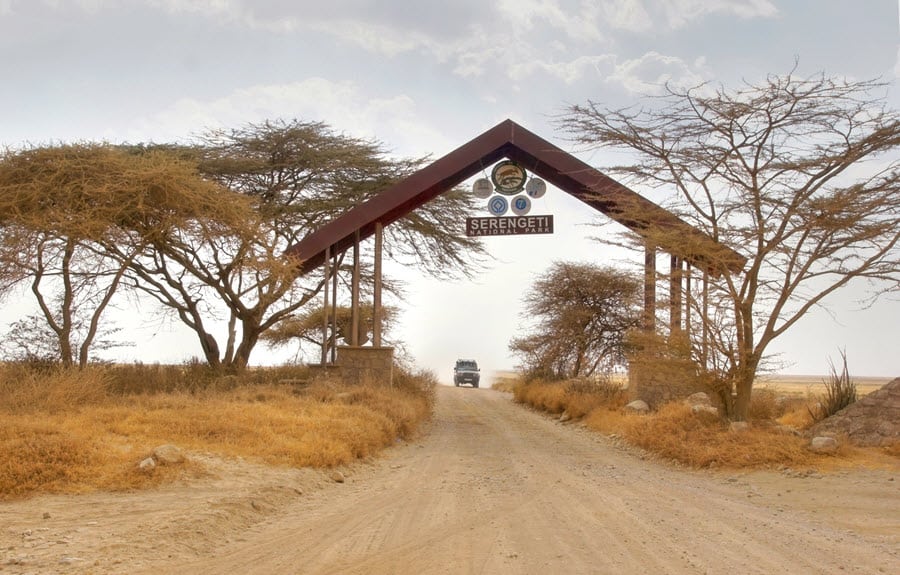
Kanha Tiger Reserve, India
Spanning 1,945 square kilometers, Kanha is one of India’s premier tiger reserves, famous for its dense forests, grasslands, and healthy tiger population. Leopards also roam here, and the park inspired Rudyard Kipling’s The Jungle Book. Part of India’s Project Tiger, Kanha uses camera traps, community engagement, and habitat restoration to protect tigers from poaching and habitat loss. Its success has helped India’s tiger population grow in recent years. The reserve is also home to the rare barasingha deer, a key prey species for tigers, showcasing the park’s balanced ecosystem.

Pantanal, Brazil
The Pantanal, the world’s largest tropical wetland at about 140,000 square kilometers, is a jaguar stronghold. This vast region, partly protected as a UNESCO World Heritage Site, offers lush floodplains and rivers where jaguars hunt caimans and capybaras. Private reserves and ecotourism initiatives in the Pantanal fund jaguar research and anti-poaching efforts.

Why Big Cat Protected Areas Matter
Big cat protected areas not only protect big cats but entire ecosystems, supporting plants, prey species, and local communities.
Big cat protected areas are more than just safe spaces for lions, tigers, and jaguars—they protect entire ecosystems. These regions support a complex web of life, including plants, prey species, and local communities, all interconnected in ways that sustain biodiversity and human well-being. Here’s why protecting these ecosystems is so important:
- Supporting Plants and Habitats: Protected areas preserve diverse habitats, from savannas to rainforests, that are home to countless plant species. These plants provide oxygen, stabilize soil, and regulate water cycles. For example, the Pantanal’s wetlands filter water, while Kanha’s forests store carbon, helping combat climate change. Healthy vegetation supports big cats by providing cover for hunting and sustaining their prey.
- Sustaining Prey Species: Big cats rely on prey like deer, antelope, and wild pigs to survive. Protected areas ensure these prey species have enough food and space to thrive, maintaining a balanced food chain. Without prey, big cats would starve, and overpopulated prey could damage vegetation, harming the environment.
- Empowering Local Communities: Many protected areas work with nearby communities to promote sustainable livelihoods, reducing conflict with big cats. For instance, in Kanha, locals benefit from ecotourism jobs, like guiding or crafting, while in the Pantanal, ranchers receive support to protect livestock from jaguars. These programs provide economic stability and encourage communities to value conservation, ensuring long-term protection for big cats and their habitats.
- Preserving Biodiversity: Ecosystems in protected areas host thousands of species, from insects to birds, that depend on each other. Big cats, as apex predators, regulate these systems by preventing prey overpopulation, which could lead to overgrazing or habitat destruction. Protecting ecosystems preserves this biodiversity, which supports pollination, seed dispersal, and resilience against environmental changes.
- Fighting Climate Change and Global Benefits: Healthy ecosystems in protected areas absorb greenhouse gases. They also maintain water sources critical for agriculture and drinking. By safeguarding big cat habitats, we protect these global benefits, ensuring a healthier planet for everyone.
Protecting ecosystems isn’t just about saving big cats—it’s about maintaining the delicate balance of life for all living things.
Small Wild Cat Protected Areas
Small wild cats, comprising 33 species within the Felidae family, face significant threats that also require the establishment of protected areas to ensure their survival.
Habitat loss from deforestation, agricultural expansion, and urbanization fragments their living spaces and reduces access to prey.
Human-wildlife conflicts, poaching, and competition with domestic animals also impact their ability to survive.
Protected areas are critical because they provide safe havens where smaller, rarely seen wild cats can thrive without human interference, maintain healthy prey populations, and preserve diverse ecosystems.
Protected areas also make small wild cat research and monitoring easier, which results in better conservation management programs.
Important Protected Areas for Small Wild Cats
Wilpattu National Park, Sri Lanka
Species: Fishing cat, rusty-spotted cat, jungle cat
This park, located in Sri Lanka’s dry zone, encompasses wetlands and forests critical for the fishing cat, a Vulnerable species reliant on aquatic prey. Conservation efforts, including road signs to prevent roadkill, support its survival. The park’s diverse habitats also sustain other small cats like the rusty-spotted cat.
Ruoergai Grassland, China
Species: Pallas’s cat
Located on the Tibetan Plateau, this high-altitude grassland is a key habitat for the Pallas’s cat, a Near Threatened species. The rocky terrain and abundant pika prey support its survival, while conservation programs aim to protect the steppe ecosystem, benefiting broader biodiversity.
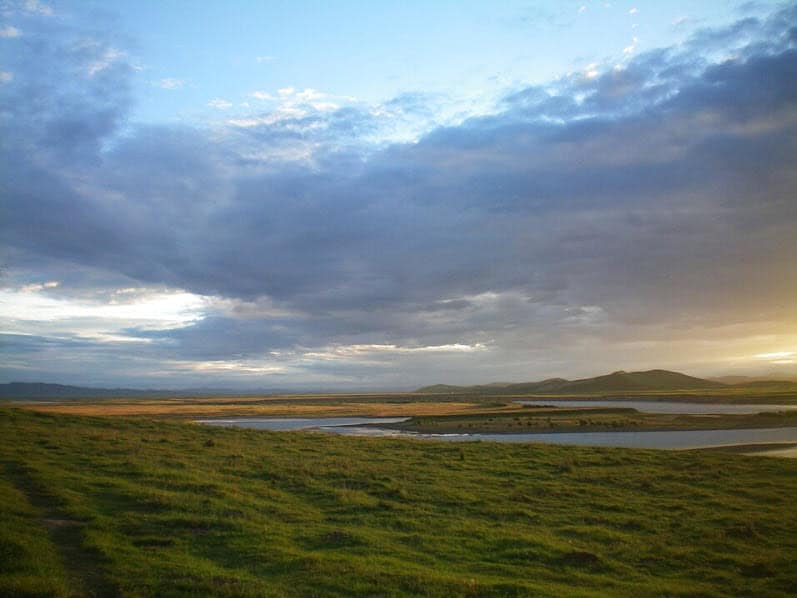
Research Quotes
- “Overall, our assessment of the distribution of small felids in Southeast Asia highlights the fundamental importance of protected areas for biodiversity conservation.” – Identifying gaps in the conservation of small wild cats of Southeast Asia

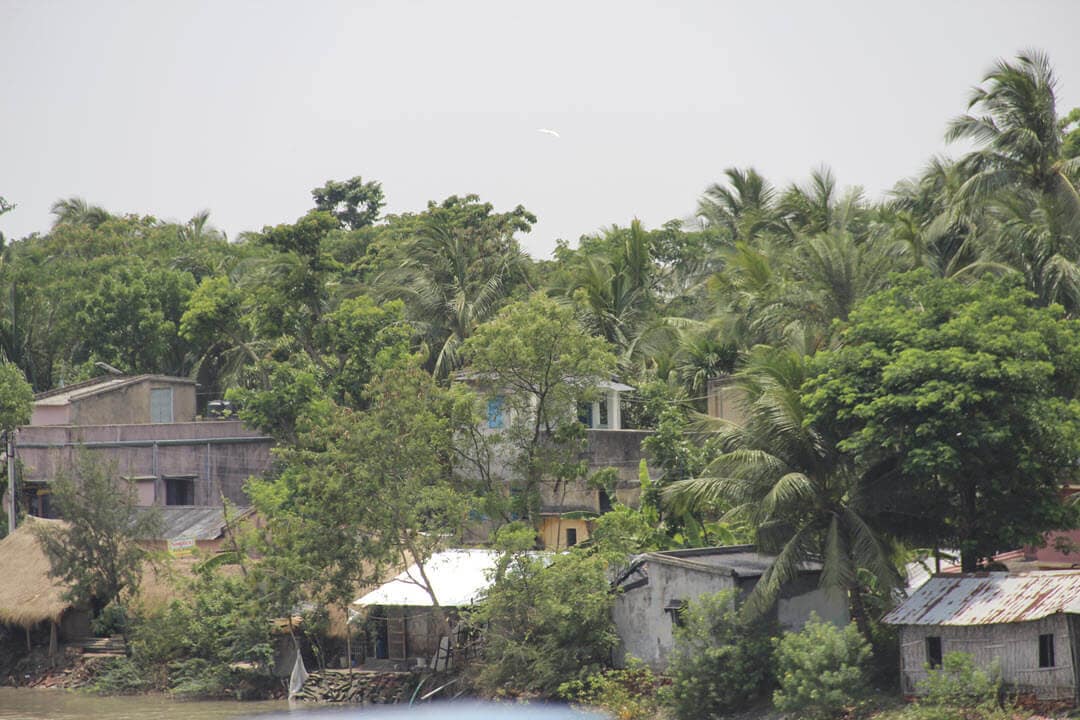
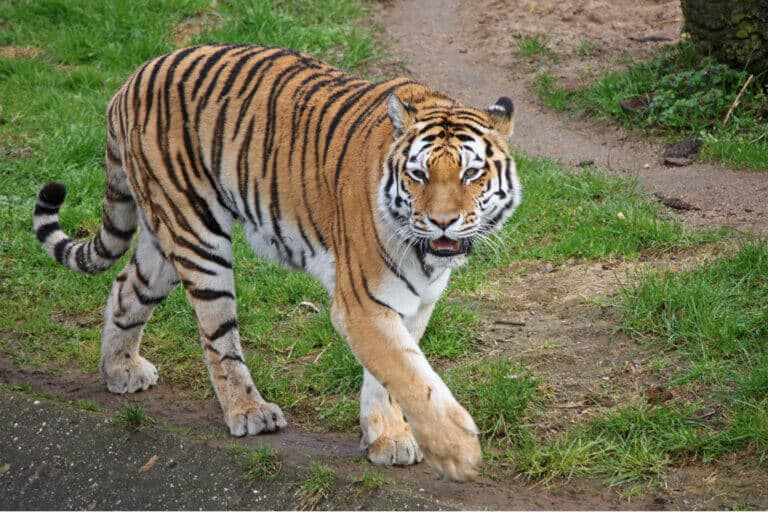


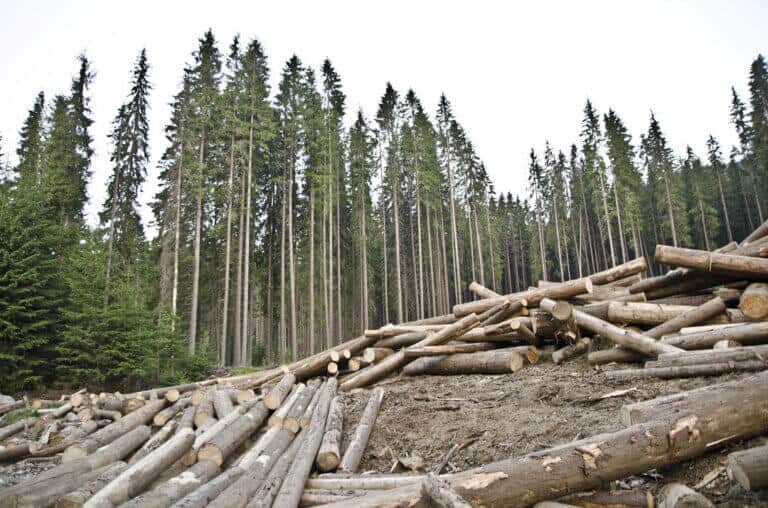

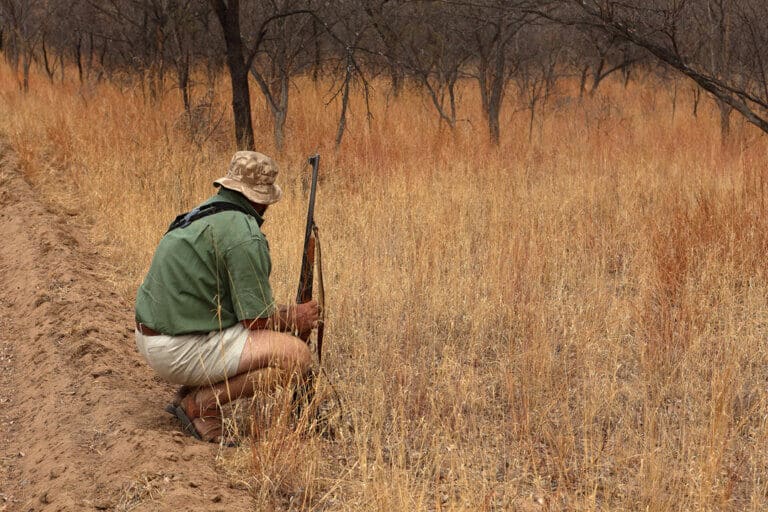

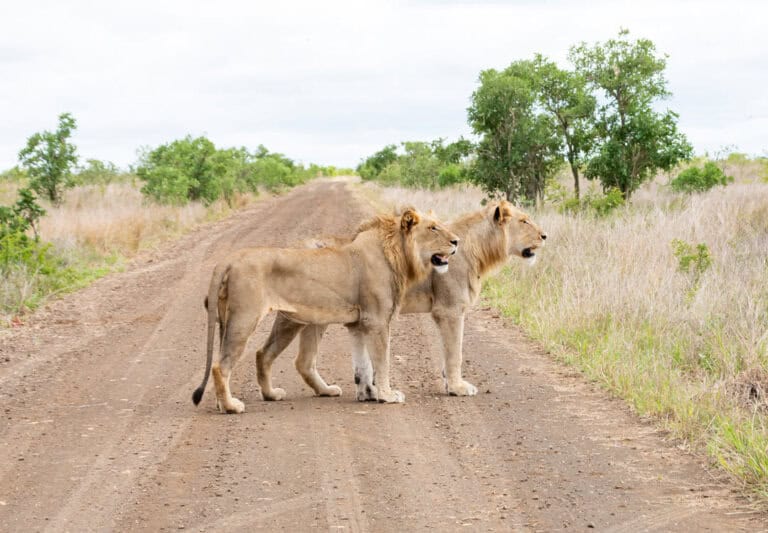
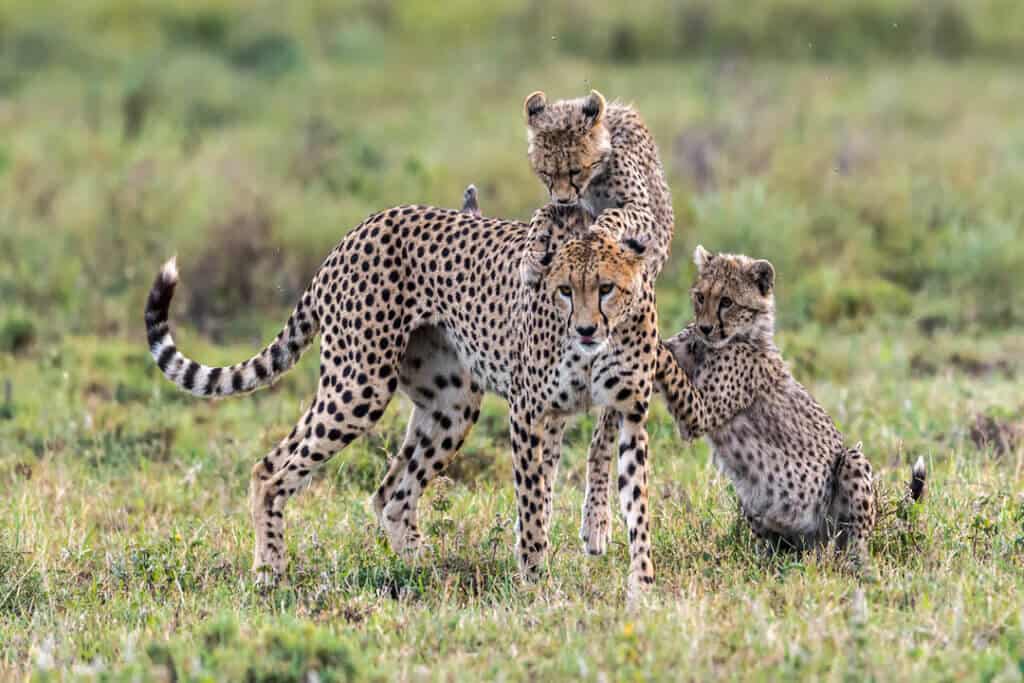

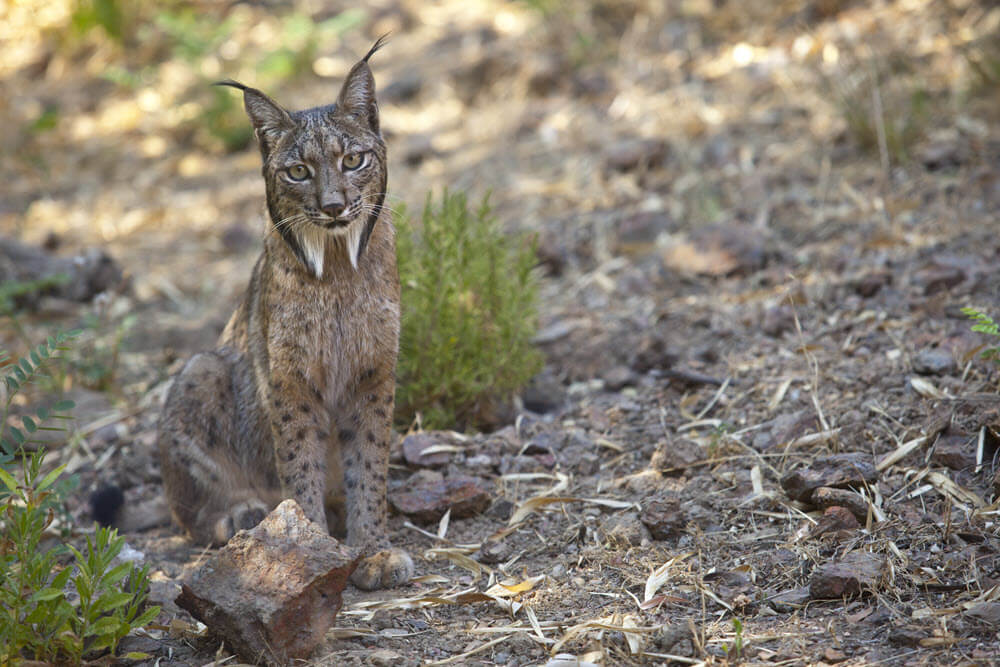
0 Comments